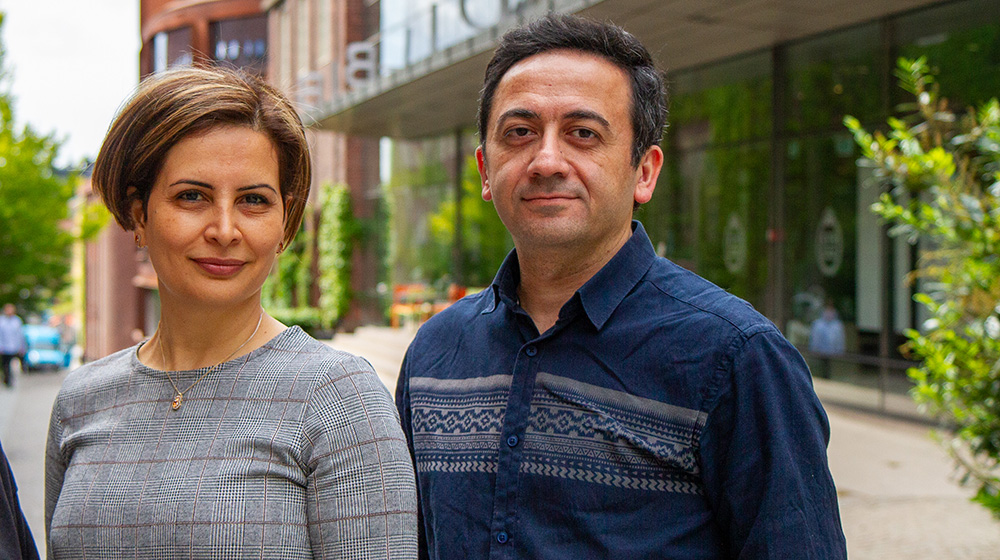KTH researchers develop holistic tool for wetland placement and resilience planning

Climate change and human activity are causing major changes in how water systems function, leading to more frequent and intense floods and droughts, and declining water quality across the globe.
A new study from KTH shows how the correct placement of new wetlands can change this.
Changes in land use – such as expanding agriculture, cutting down forests, and growing cities –disrupt natural water and sediment flows. As a result, problems like erosion, nutrient leakage, and sediment build-up become more severe.
To address these challenges, water and land management need to be better integrated, and stakeholders at different levels must be more actively involved.
Study introduces a holistic framework
A new study, published in the Journal of Hydrology: Regional Studies, introduces a holistic framework that helps municipalities and regions identify the most effective locations for new wetlands. By combining high-resolution modelling of how water and sediment move across the landscape with stakeholder-driven priorities, the study goes beyond traditional site selection methods.
“Wetlands are powerful nature-based solutions. When placed strategically as part of a network, they can reduce flood risks, improve water quality, and support biodiversity, making landscapes more resilient,” says Amir Rezvani, lead author of the study.
The research focuses on two catchments in Uppsala County, Sweden, Hågaån and Enköpingsån, which both drain into Lake Mälaren, a critical water resource for the region. Using sediment connectivity modelling, hydrological assessments, and multi-criteria decision analysis (MCDA), the team was able to pinpoint areas where wetlands would deliver the greatest impact for flood regulation, water retention, and biodiversity conservation.
A key innovation of the study is the integration of upstream–downstream dynamics into wetland planning, showing how interventions in one location can influence water quality and resilience far beyond the immediate area.
“Our approach combines science and local knowledge. The models identify where wetlands will have the biggest impact, while stakeholders ensure that these solutions fit with local priorities and needs,” Rezvani explains.
International collaboration
The research is the result of an international collaboration.
“Colleagues from Italy contributed expertise in sediment connectivity modelling, partners from China and Portugal added perspectives on socio-environmental systems, and SLU researchers supported stakeholder engagement and hydrological assessments,” says Amir Rezvani.
This approach gives municipalities a powerful decision-support tool to prioritize wetlands that maximize ecosystem services while also aligning with local needs and feasibility.
“This research shows that resilience planning is not just about technical solutions, it’s about connecting people, landscapes, and ecosystems,” Amir Rezvani says.
Read the article in the Journal of Hydrology
Text: Åsa Karsberg
Photo: Jon Lindhe
